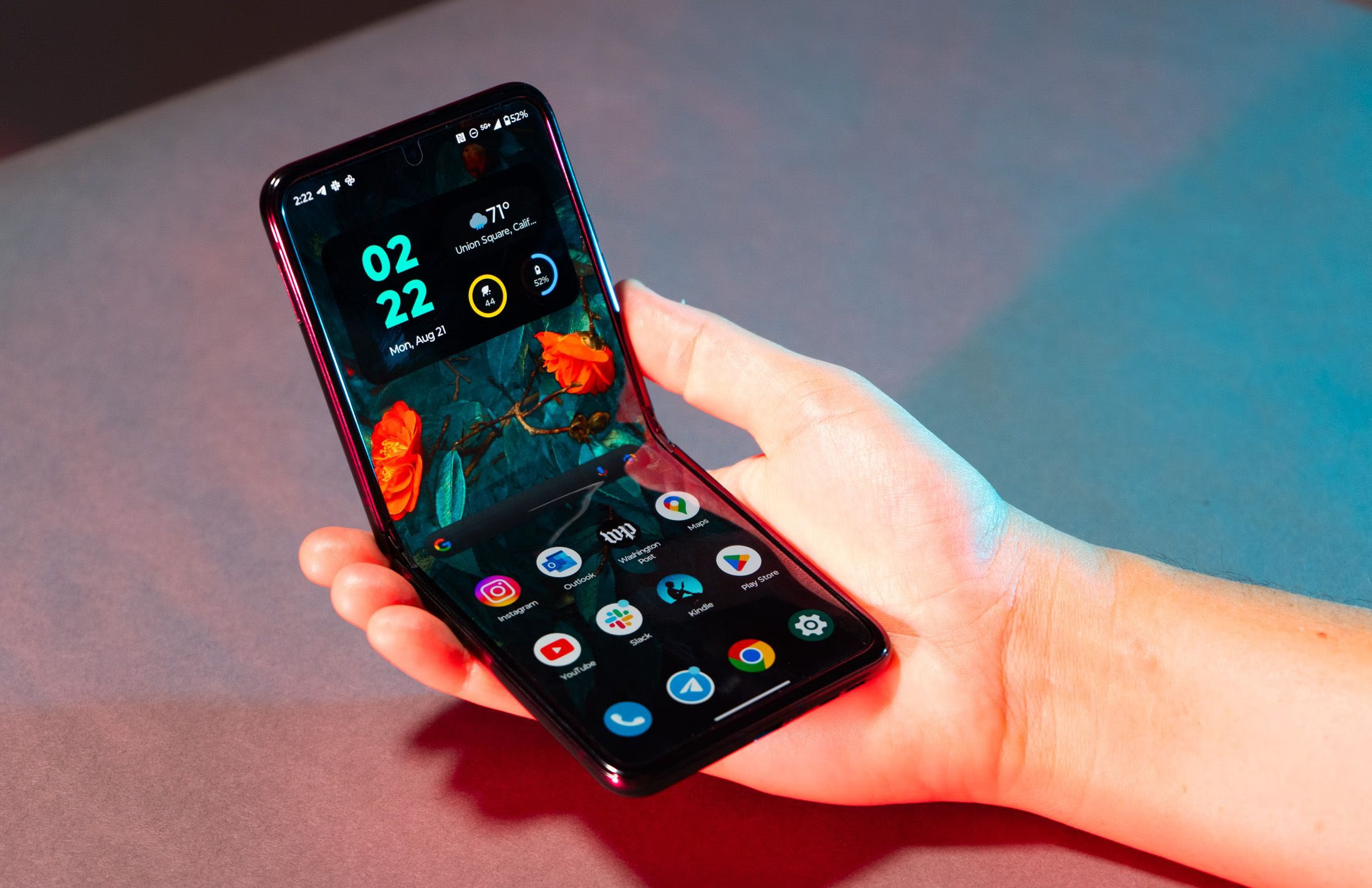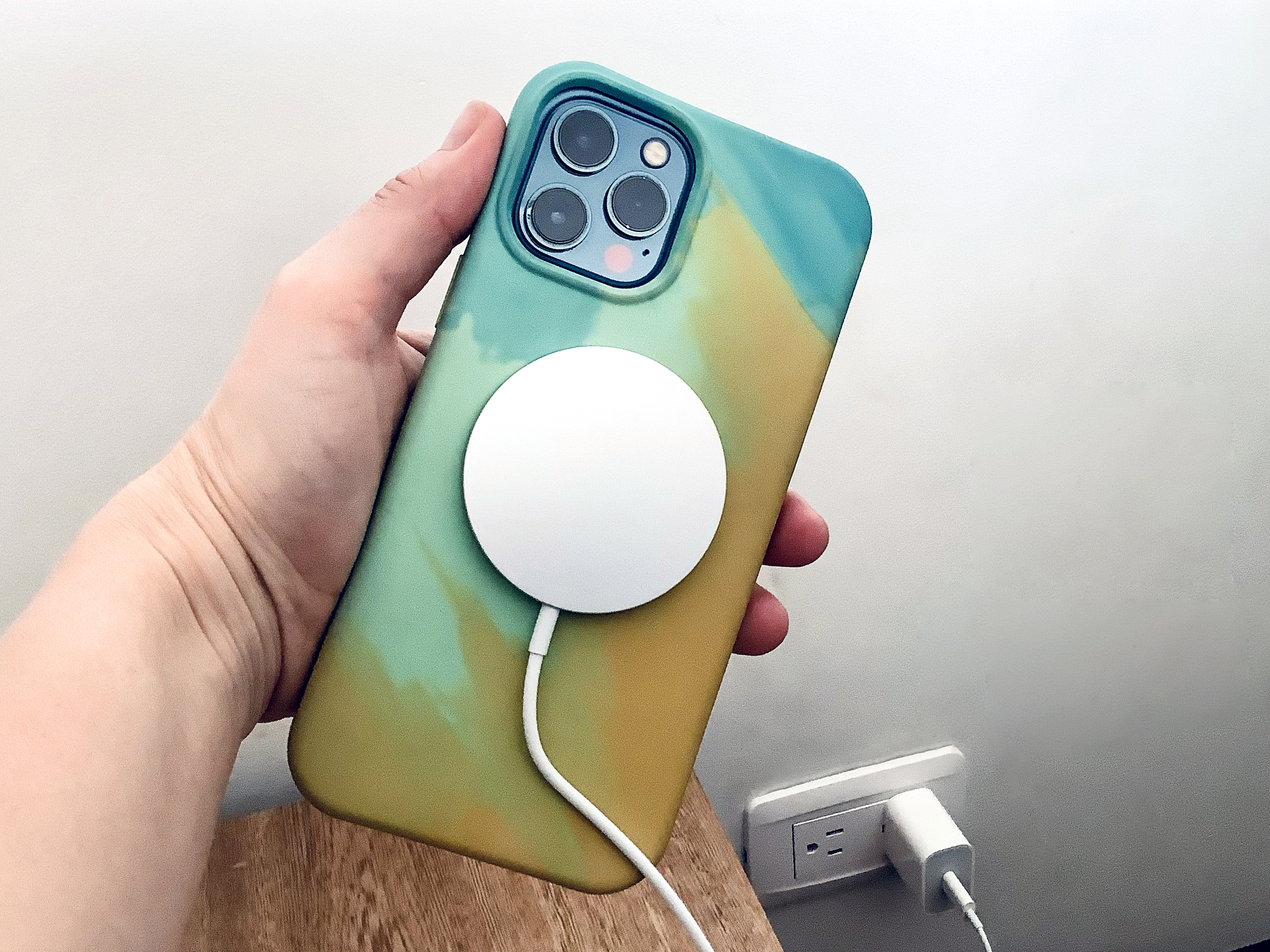Wearable technology has gone beyond fitness trackers to become part of our everyday life. As we look forward, options multiply tremendously. Connectivity, health monitoring and augmented reality will change how we use technology and the world. These advancements promise a future where wearables improve well being and productivity and effortlessly integrate into our settings giving tailored experiences that redefine digital connectivity.
Enhanced Connectivity And Integration
Wearable tech has advanced beyond fitness trackers. Future developments include increased connection and integration with other devices and systems. Imagine your wearable easily connecting to your smartphone, home appliances, automobile and office.
Integration offers a more connected lifestyle where data flows seamlessly across devices improving productivity and ease. Intelligent clothes with sensors might monitor your health data in real time and modify temperature and illumination to enhance your comfort and well being. These wearables link with your calendar and tasks to remind you and help you adjust your schedule.
Imagine watching a movie with your wearable gadget matching ambient lighting and music to the action. This degree of connection enhances user experience and enables tailored adaptive solutions that meet individual demands.
Advanced Health Monitoring And Personalization
Current fitness trackers measure heart rate and steps but wearable technology will soon monitor and personalize health. Wearables that monitor biometric data beyond established parameters will be essential for proactive health management.
In real time future wearables might notify consumers and healthcare experts about abnormal heart rhythms dehydration and hormone imbalances. These gadgets might use machine learning algorithms to evaluate data trends and provide individualized health suggestions avoiding diseases before symptoms appear.
Beyond health monitoring wearables will be personalized to user tastes and demands. Users may customize wearable gadgets’ functionality and aesthetics using customizable interfaces, adaptive AI helpers and modular designs. This personal touch boosts user engagement and pleasure integrating wearables into everyday life.
Augmented Reality And Virtual Assistance
AR and VR are already changing how we engage with digital information wearable technology will accelerate this change. Future wearables will include AR overlays for real time contextual information beyond fitness monitoring improving our worldview.
Imagine wearing smart glasses that display navigation instructions as you walk or AR contact lenses that combine interactive features into your environment. These technologies improve daily chores and transform education, healthcare and industry via immersive training simulations and real time data visualization.
Future wearables will incorporate AI powered virtual assistants for hands free interaction and tailored suggestions based on user preferences and circumstances. These assistants will improve productivity and convenience in business and personal contexts by handling everyday activities and translating discussions in real time.
Bright Fabrics And Flexible Displays
Intelligent textiles and flexible screens are cutting edge wearable technologies that combine fashion and function. These materials may be incorporated with sensors and electronics to turn garments into interactive gadgets that monitor health sense environmental changes and display information.
Imagine wearing a garment that monitors your heart rate and stress continuously and sends data to your smartphone or doctor. Or choose jackets with variable screens that change colors or patterns depending on your mood or environment combining style and function.
Intelligent materials may be used in sports military fashion and health monitoring. In real time these textiles might notify athletes of muscle tiredness and hydration levels enhancing training. Bright uniforms with safety sensors can identify hazards and inform workers in real time.
Flexible displays in garments enable unlimited amusement communication and self expression. These displays let users modify their look and interact with digital information in new ways by showing messages alerts and interactive graphics and movies. Intelligent textiles and flexible screens will change how we use wearable technology as material science and electronics progress.
Biometric Authentication And Security
User security and privacy are crucial as wearables become increasingly interwoven into everyday life. Protecting personal data and access control using biometric authentication is simple and secure. Instead of passwords or PINs, wearable biometric sensors may authenticate users using fingerprints, iris patterns or voice recognition.
Biometric authentication solutions streamline user experience by removing passwords and boosting security with multi factor authentication. Smartwatches with biometric sensors may securely approve payments with a touch utilizing fingerprint or vein pattern recognition.
Biometric authentication improves consumer ease and data security in healthcare and finance. Medical wearables may employ biometric data to restrict access to patient information and treatment plans to authorized healthcare practitioners. Financial organizations may use biometric authentication to prevent fraudulent banking transactions.
Enterprises use wearable biometric authentication to limit access and secure sensitive data. Biometric sensors in employee badges or intelligent access systems may simplify security and reduce hazards.
Environmental And Sustainability Impact
As wearable technology evolves its environmental and sustainability effects become more important. Device manufacture and disposal including wearables result in electronic waste and environmental deterioration. Manufacturers prioritize sustainable materials, energy efficient designs and recycling to address ecological issues.
Wearables made of biodegradable or recyclable materials reduce their environmental impact. From bioplastic casings to organic electrical components these eco friendly materials guarantee wearables decompose safely and minimize ecological impact.
Energy efficiency is another critical issue in sustainable wearable tech. Low power electronics and energy harvesting allow wearables to last longer without recharging. Solar powered smartwatches and kinetic energy harvesting gadgets use ambient energy instead of batteries decreasing fossil fuel use and carbon emissions.
Responsible wearable gadget disposal and reuse require lifetime management and recycling systems. Manufacturers’ take back programs and partnerships with recycling facilities promote this circular economy and electronic waste reduction by recovering valuable components from obsolete wearables.
Conclusion
Beyond fitness monitoring wearable technology will improve significantly. Wearables will improve health management security and sustainability using intelligent textiles, biometric identification and sustainability. These technologies promise to become increasingly integrated into our lives providing individualized experiences that improve convenience safety and sustainability in the digital era.




